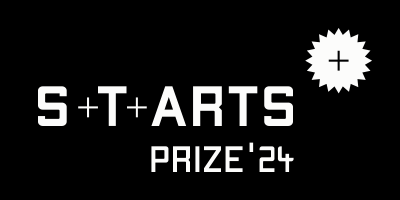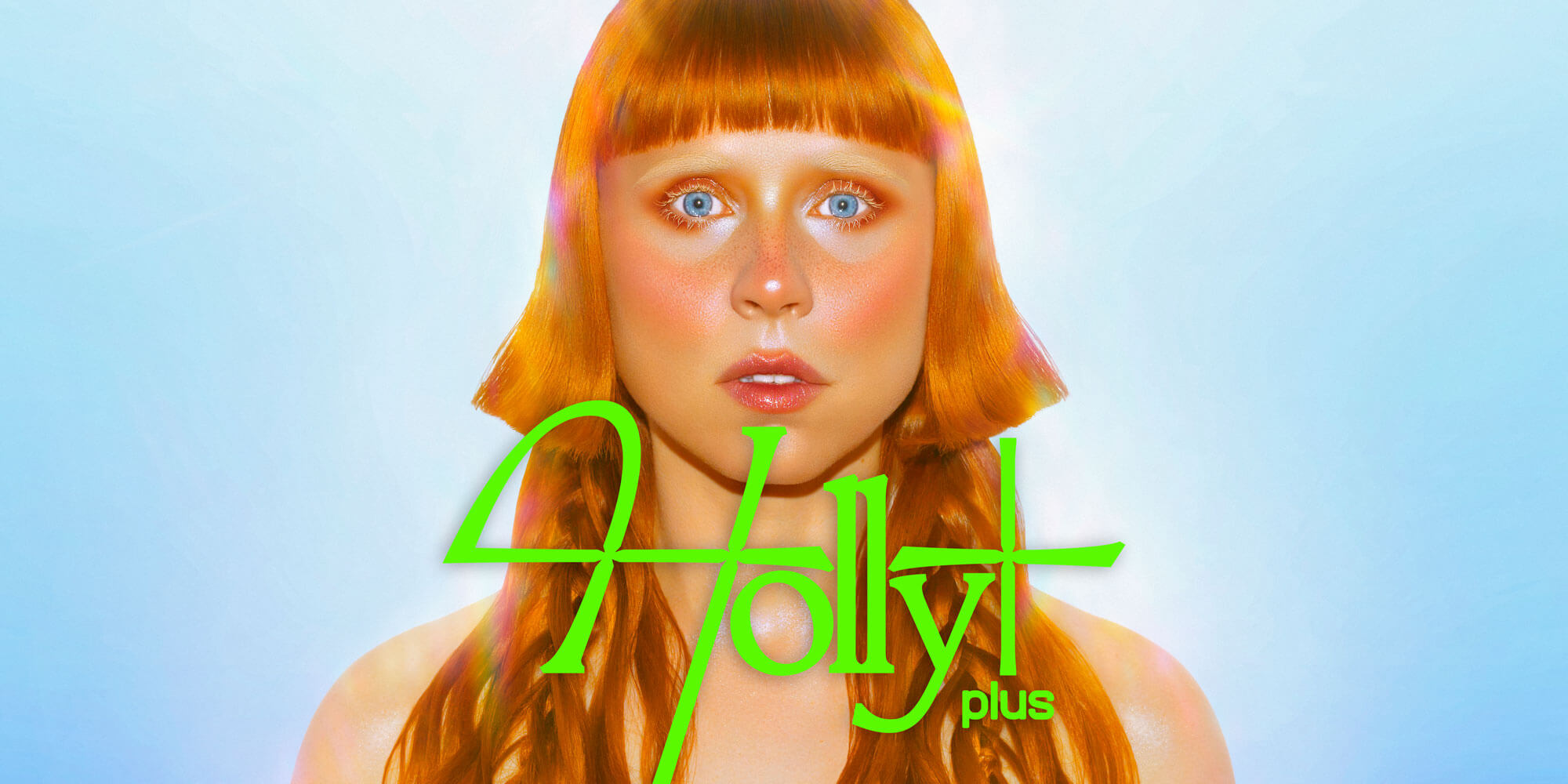Grand Prize – Artistic Exploration: Awarded for artistic exploration and art works where appropriation by the arts has a strong potential to influence or alter the use, deployment or perception of technology.
Holly+ is Holly Herndon’s digital twin. She is using machine learning to create freely available online instruments and tools that encourage anyone to create art with her AI voice and image, as part of an expansive art and research project experimenting with the economy around her digital likeness.
The first Holly+ instrument allowed anyone to upload polyphonic audio to http://holly.plus and receive a version sung back in Holly’s voice. There have since been more instruments made, allowing for people to upload scores for her voice to sing, and for people to perform in her voice in real time (premiered at Sonar 2021). These instruments so far have been created in a joint collaboration between Herndon Dryhurst Studio, Never Before Heard Sounds (NYC), and Voctro Labs (Barcelona).

This new model for the stewardship of digital identities challenges common pessimistic narratives around “deepfakes” while addressing relevant concerns. Hundreds of people now hold partial governance of Holly’s digital twin as part of Holly+ DAO, which provides an incentive to vote on appropriate usage. Once approved, any art made with her voice can be verified by tracing its provenance back to the public Holly+DAO identity. This means that if a piece of media is created that is offensive or uncharacteristic, it can easily be dismissed unless approved by voting stewards.
Any profits made from the sale of approved works using her digital voice are shared between the creator (50%), the DAO (40%), and Holly herself (10%). Money ingested into the DAO treasury is then used to create more instruments for people to create work as Holly+, creating a virtuous cycle and economy around her IP. To date, 70 works have been sold from artists releasing work with Holly+, with much more planned in the coming year.
Holly sees this as the first example of a permissive approach to IP in the AI era which she refers to as “Identity Play.” Rather than prohibiting people from using her digital voice, she instead proposes a positive vision in which anyone may be invited to experiment with someone else’s identity in a fair and transparent manner. She refers to this new method of using AI to create media in somebody else’s likeness as “Spawning,” a 21st century corollary to sampling that she believes will have significant implications for music, art, and media in the years to come.

We learned from the sampling era that it is a losing battle to attempt to limit the ability for artists to experiment where they find inspiration, however, it is crucial to establish precedent for accreditation and remuneration to ensure that profit is shared with the artists from whom new works are spawned. The growing sophistication of machine learning tools in art and music is both an opportunity to establish new, fair, and interdependent habits, and a warning. We cannot permit our bad habits of the past to be automated in perpetuity.

Holly believes that our problems are best addressed by encouraging excitement and imagination over new possibilities. When an artist embraces the potential of permissive Identity Play, new and alien collaborative formations are unlocked. What would it mean to encourage thousands of songs a year to be released in your voice, or to be in a band with a thousand people under the shared Holly+ umbrella? She believes that as it becomes more common to use machine learning to spawn visual artworks, this same ethical and economic logic can apply to AI models such as the distinctive style of visual artists or designers, or facial information in entertainment and commercial media.

In experimenting with her own IP, she hopes to set a precedent to help others to navigate the dawning AI art era.
Credits
Holly Herndon, Mathew Dryhurst, Herndon Dryhurst Studio
https://holly.plus/
The first Holly+ performance was presented in collaboration with Sonar AI and Music Festival, supported by STARTS. This was the first performance of live machine learning “identity play” in history.
Biography
Holly Herndon (US) is an American multi-disciplinary artist based in Berlin. Her work involves building new technologies to experiment with her voice and image, facilitated by critical research in Artificial Intelligence and decentralized infrastructure. In recent work she has produced an instrument for anyone to sing with her voice, distributed governance of her digital voice to the Holly+DAO, and released the Classified portrait series generated from what public available AI datasets know about her likeness. She has toured her influential musical albums PROTO (4AD) and Platform (4AD) globally, most recently with a choir composed of human and AI voices. She completed her doctorate in Composition at Stanford University, working with the Center for Computer Research in Music and Acoustics (CCRMA). She makes her research process public through the Interdependence podcast.
Jury Statement
One of the most important roles artists can play in 21st-century societies is to anticipate the risks, challenges, and opportunities for the many innovations that are emerging from the adoption and evolution of complex sociotechnical systems based on perplexing fields of study such as cryptography or artificial intelligence. Through extensive creative research, critical open experimentation, and innovative collaborations, Holly Herndon, Mathew Dryhurst, and the network of collaborators they weaved between Berlin, New York, and Barcelona, have been able to develop a unique hybrid project with Holly+, merging a new custom voice instrument with a creative platform and a test of a decentralized and cooperative economic model that can have deep implications in changing the power dynamics of copyright and IP in the music industry, while raising questions of the interdependencies of a digital economy, digital sovereignty, and digital identity. By asking (and performing) a difficult, poetic, and potentially metaphorical question—“What does it mean to own a voice?”—this project gives us a brilliant example of how artists, governments, and citizens can use and play with methods such as machine learning to rethink our interrelationships with digital technologies, the societal potential and perils of automation, and the augmented value of communal ownership and distributed governance systems.



